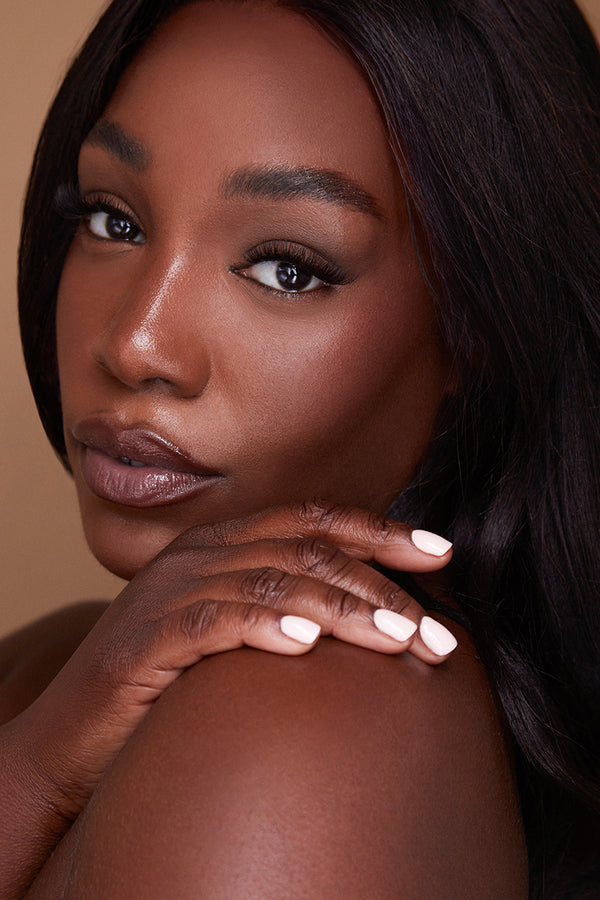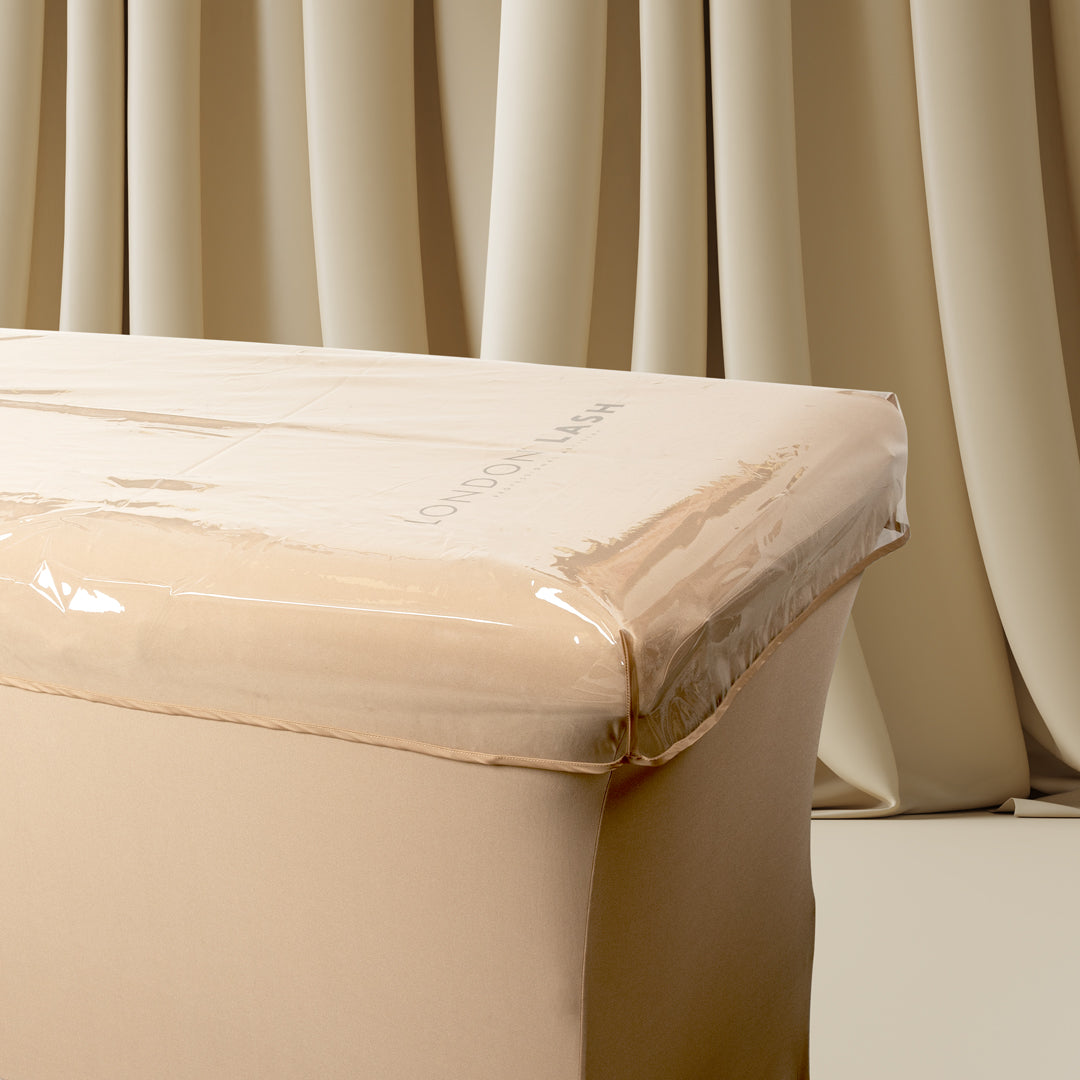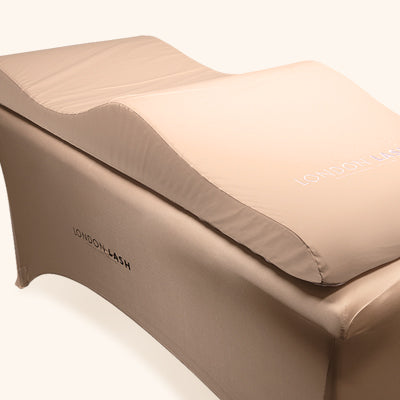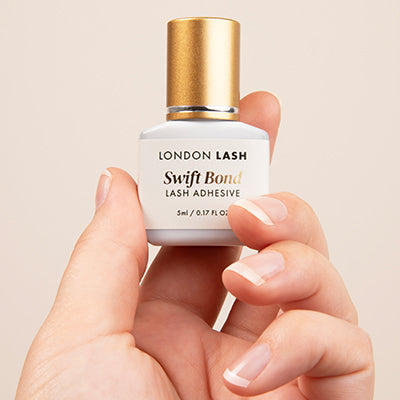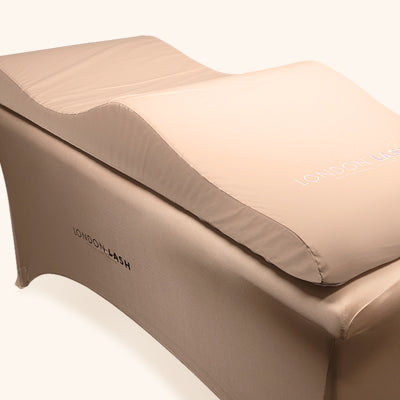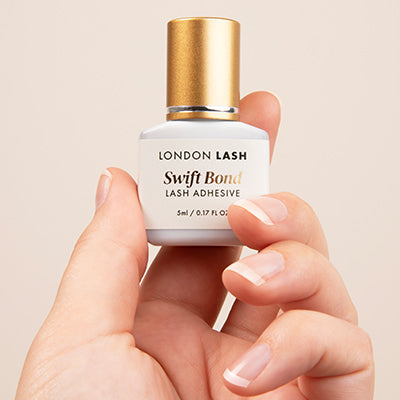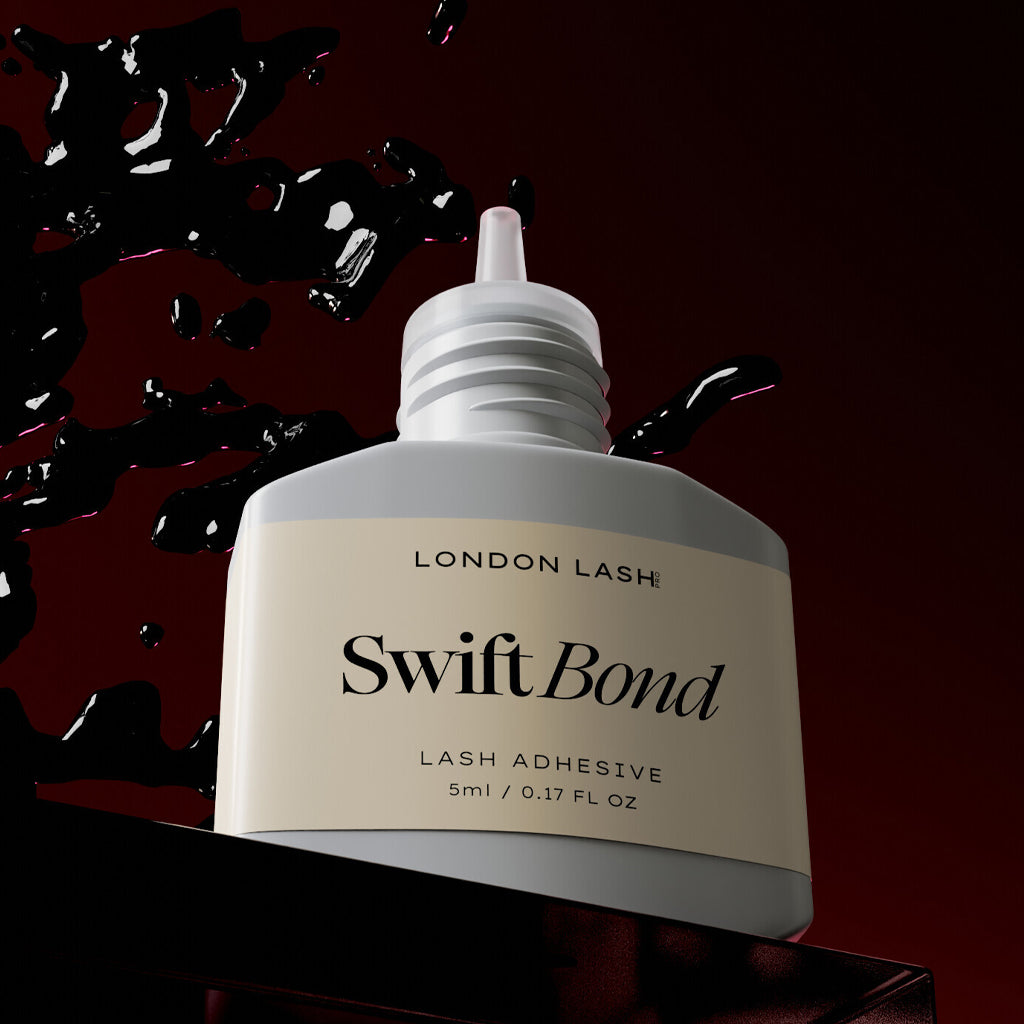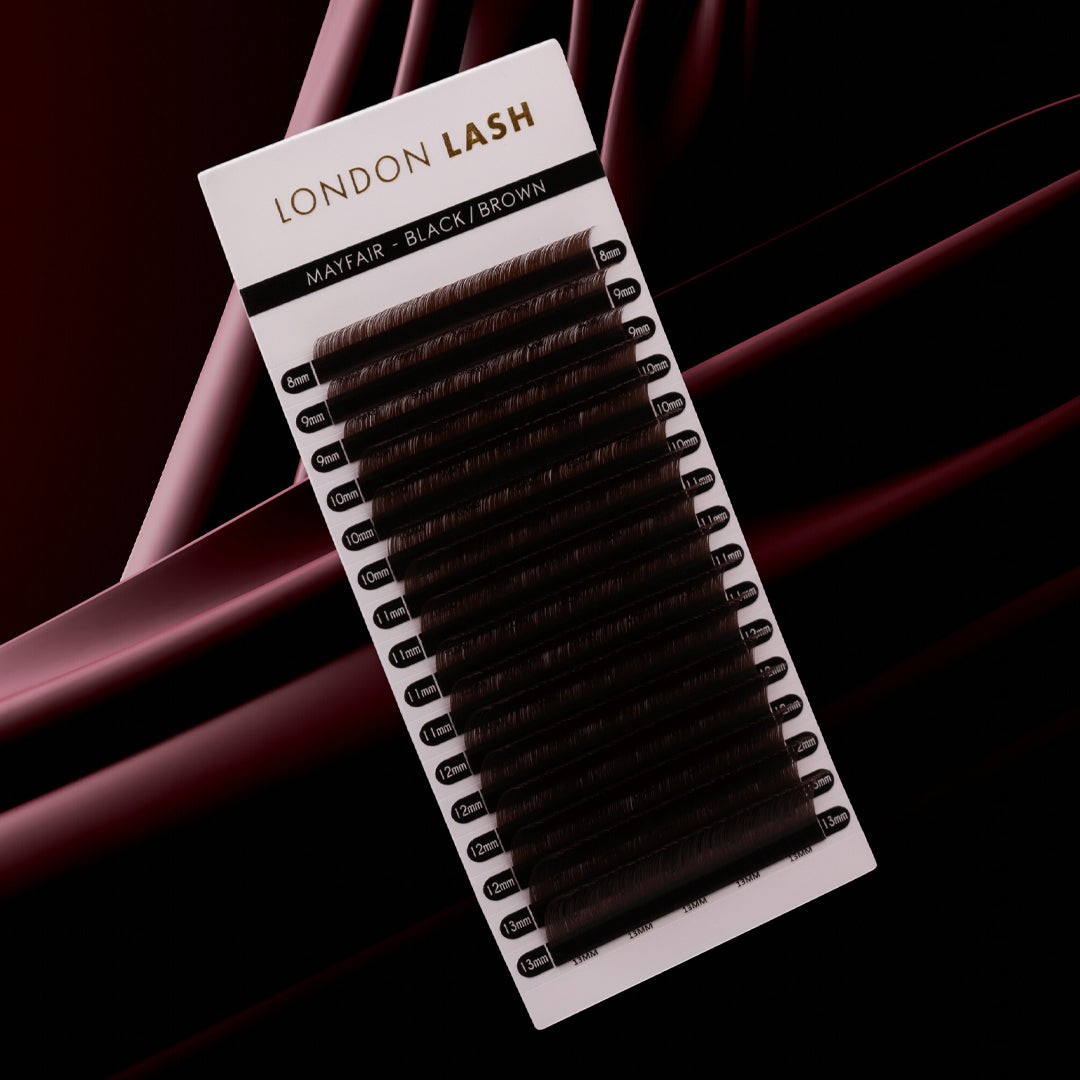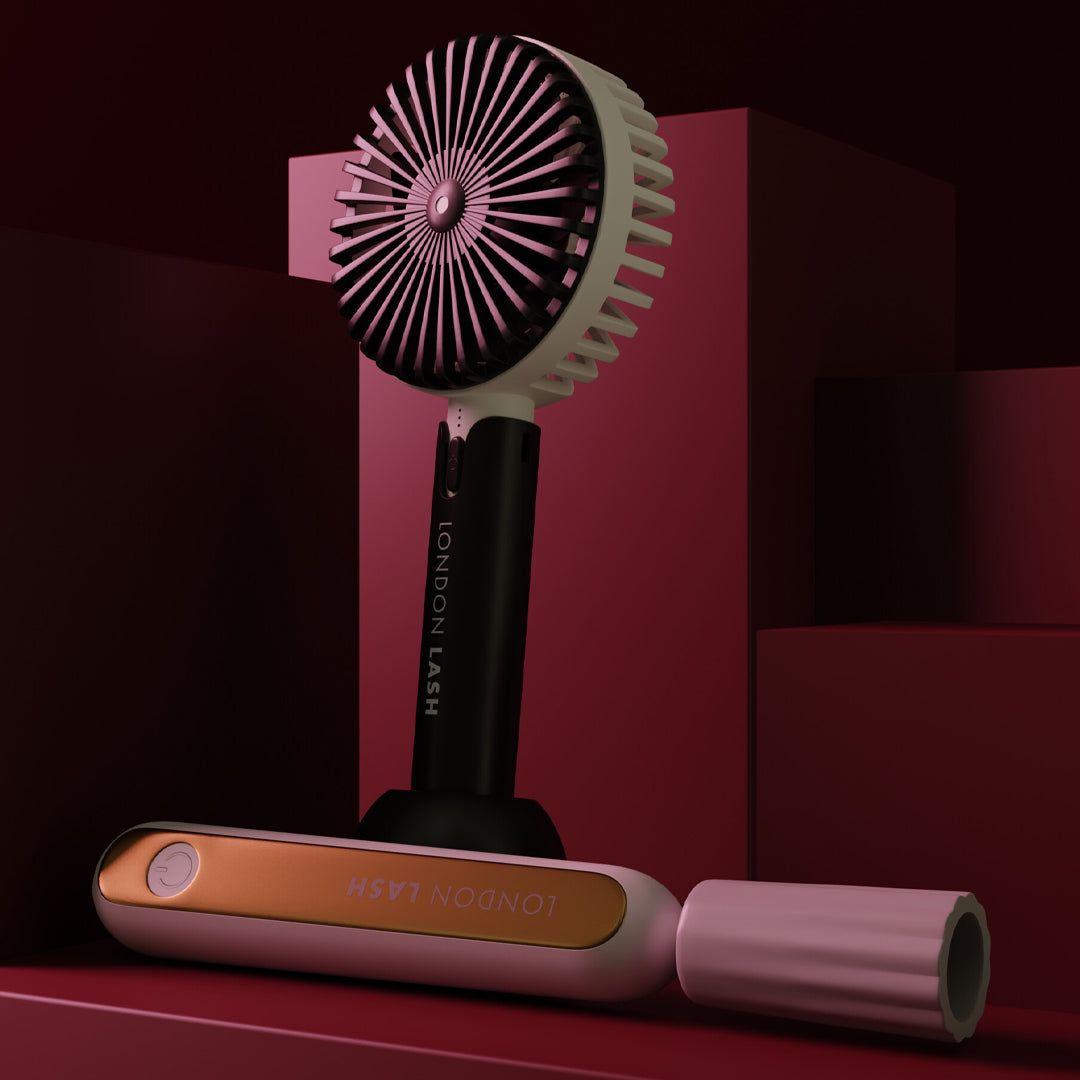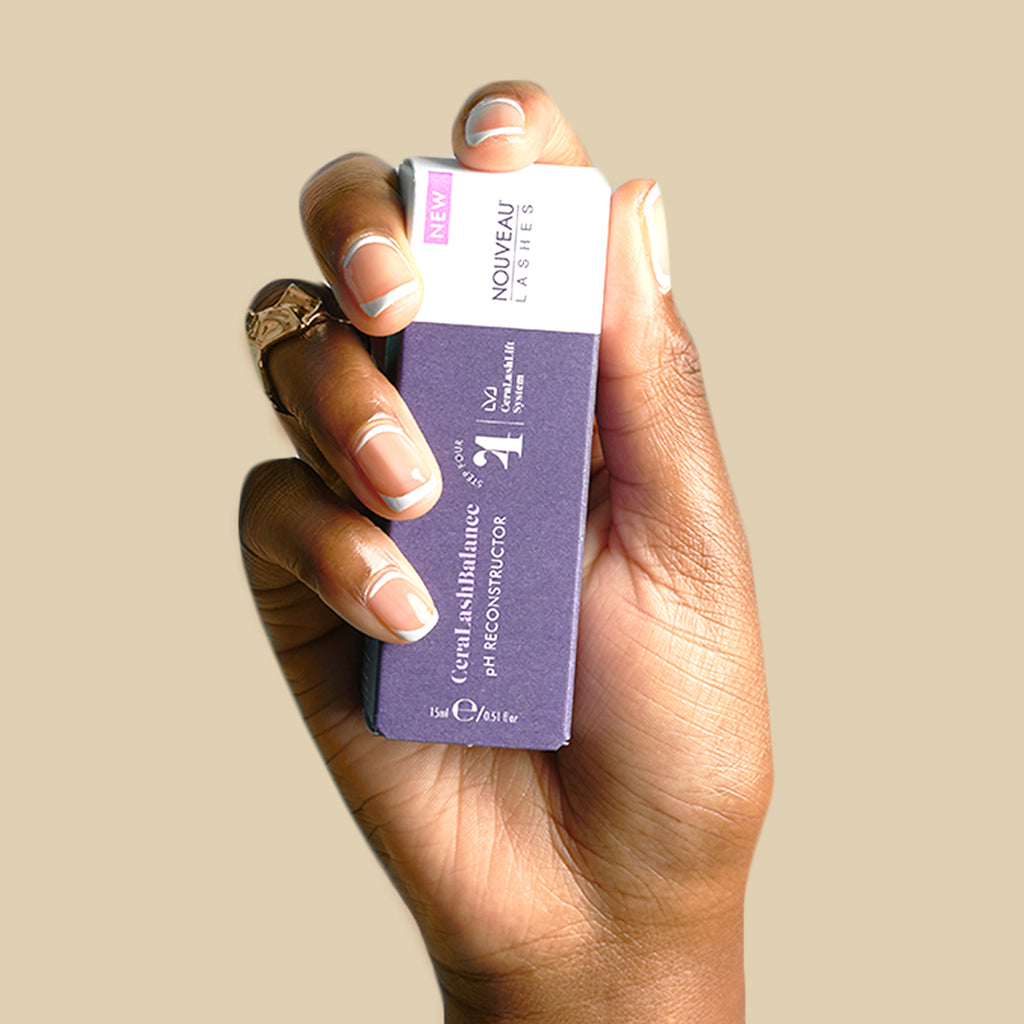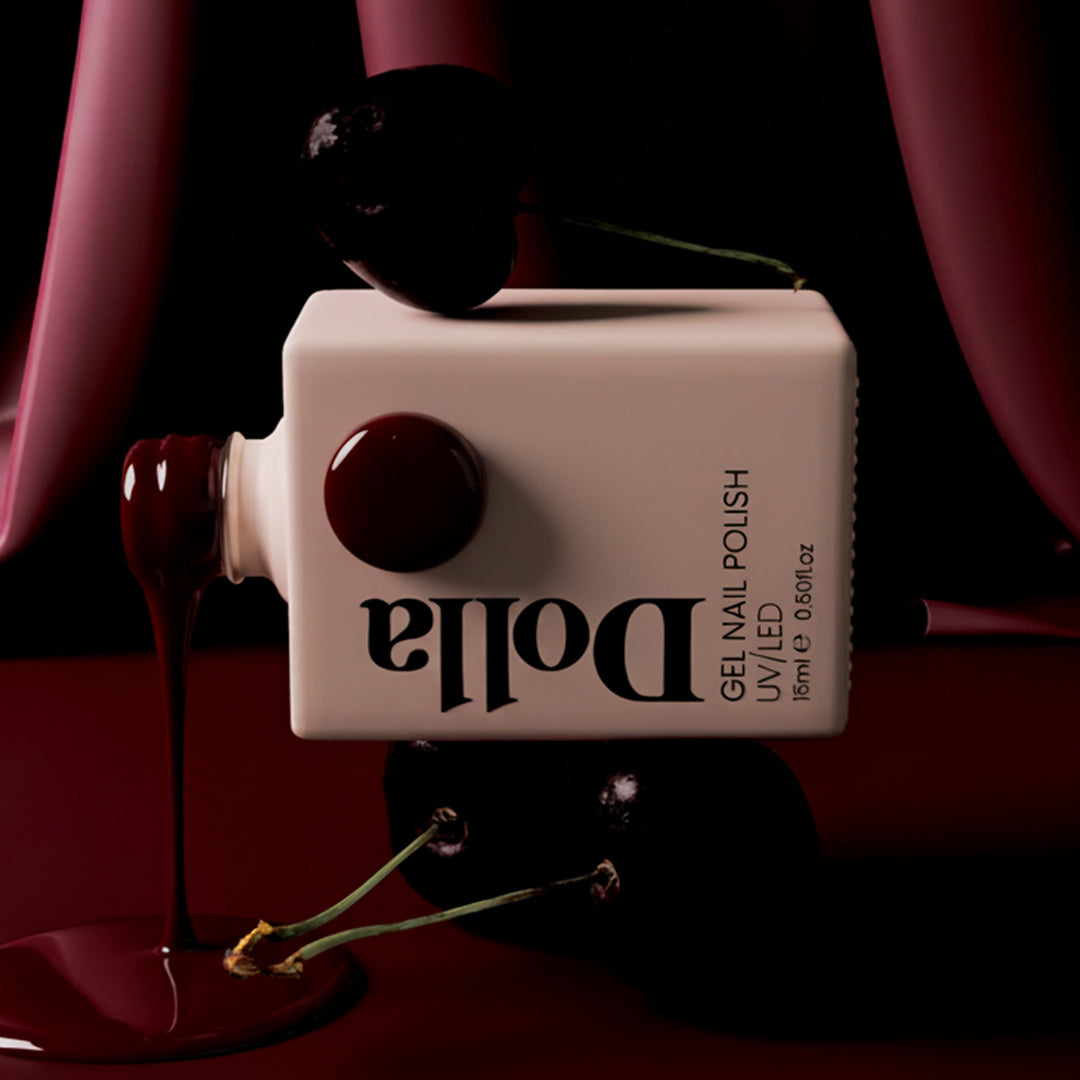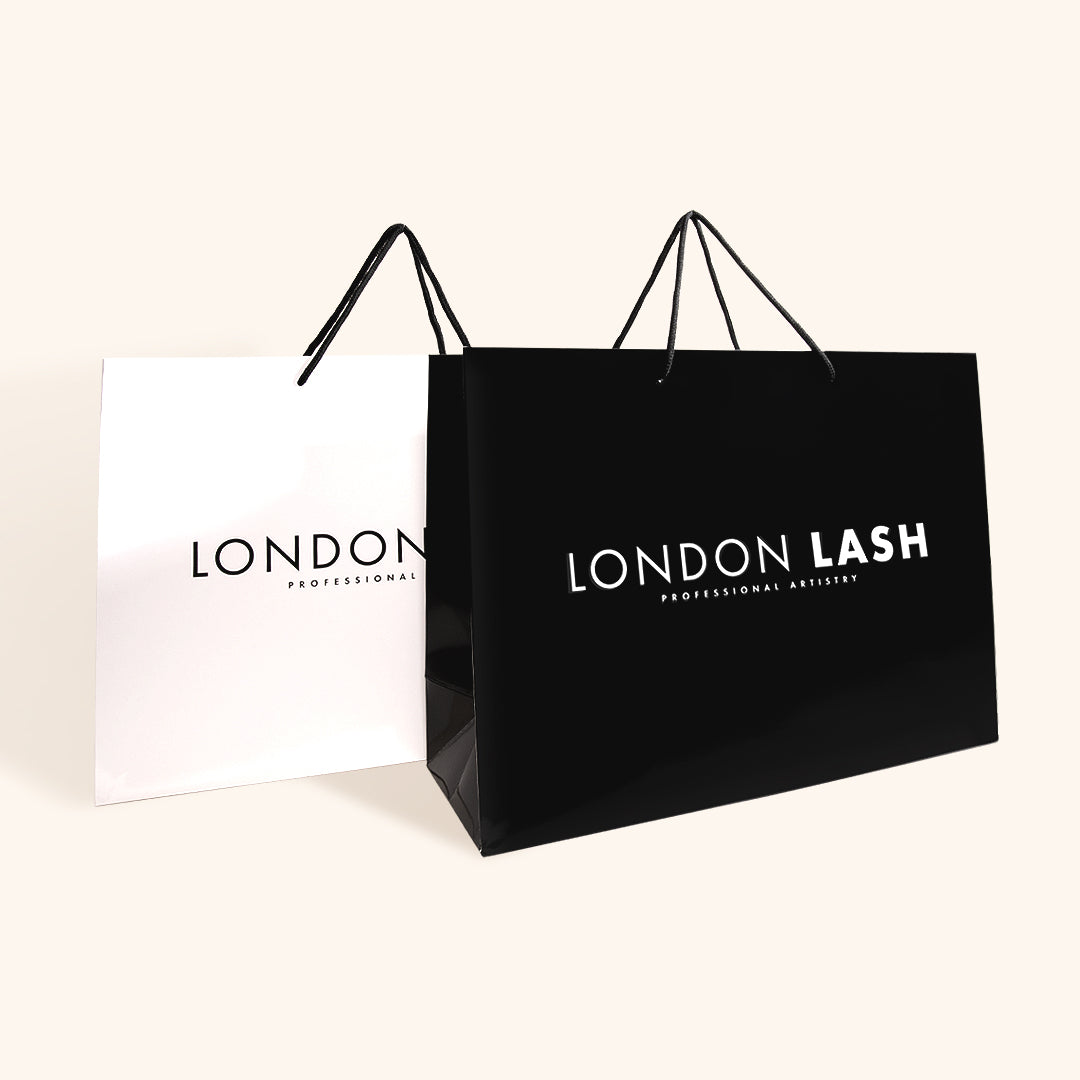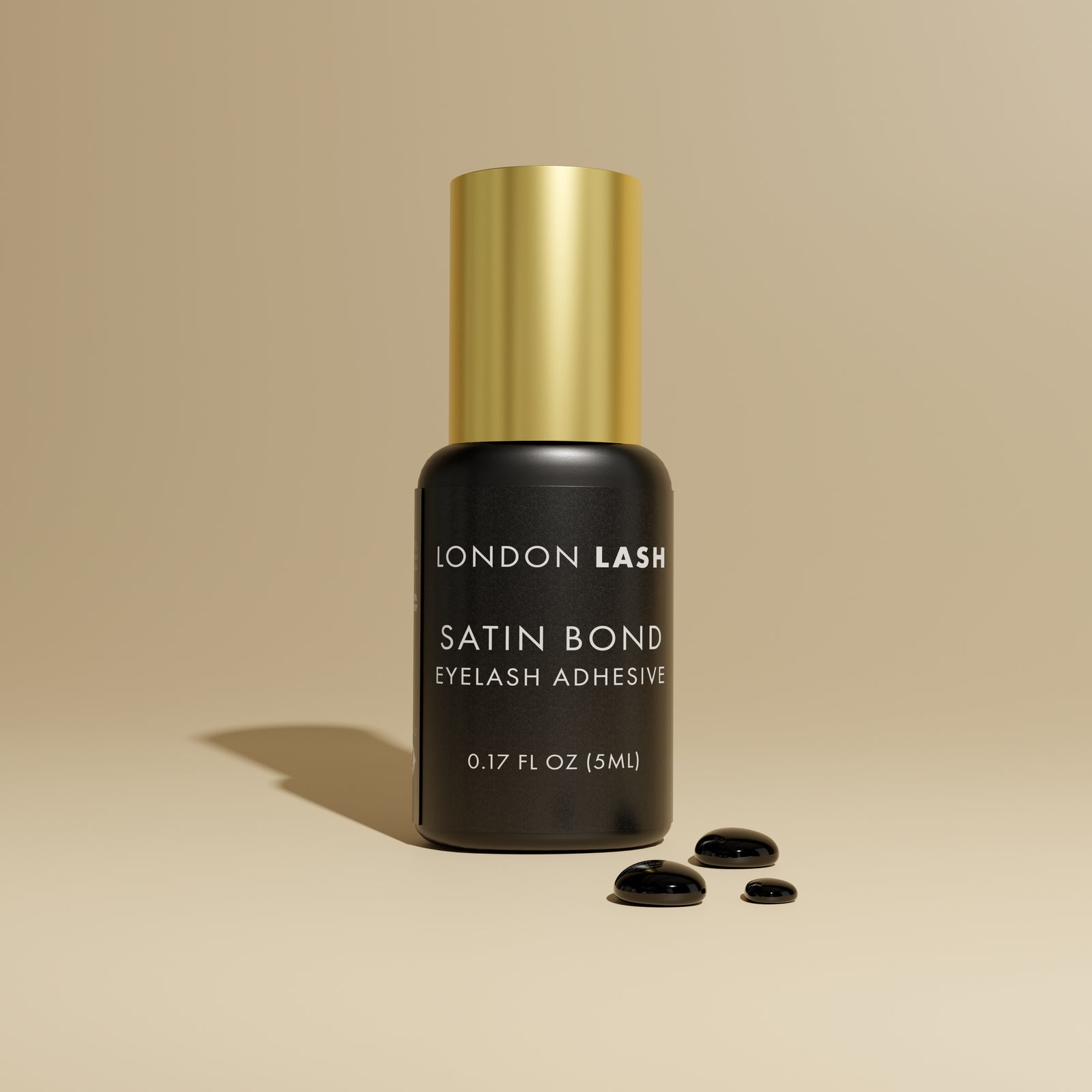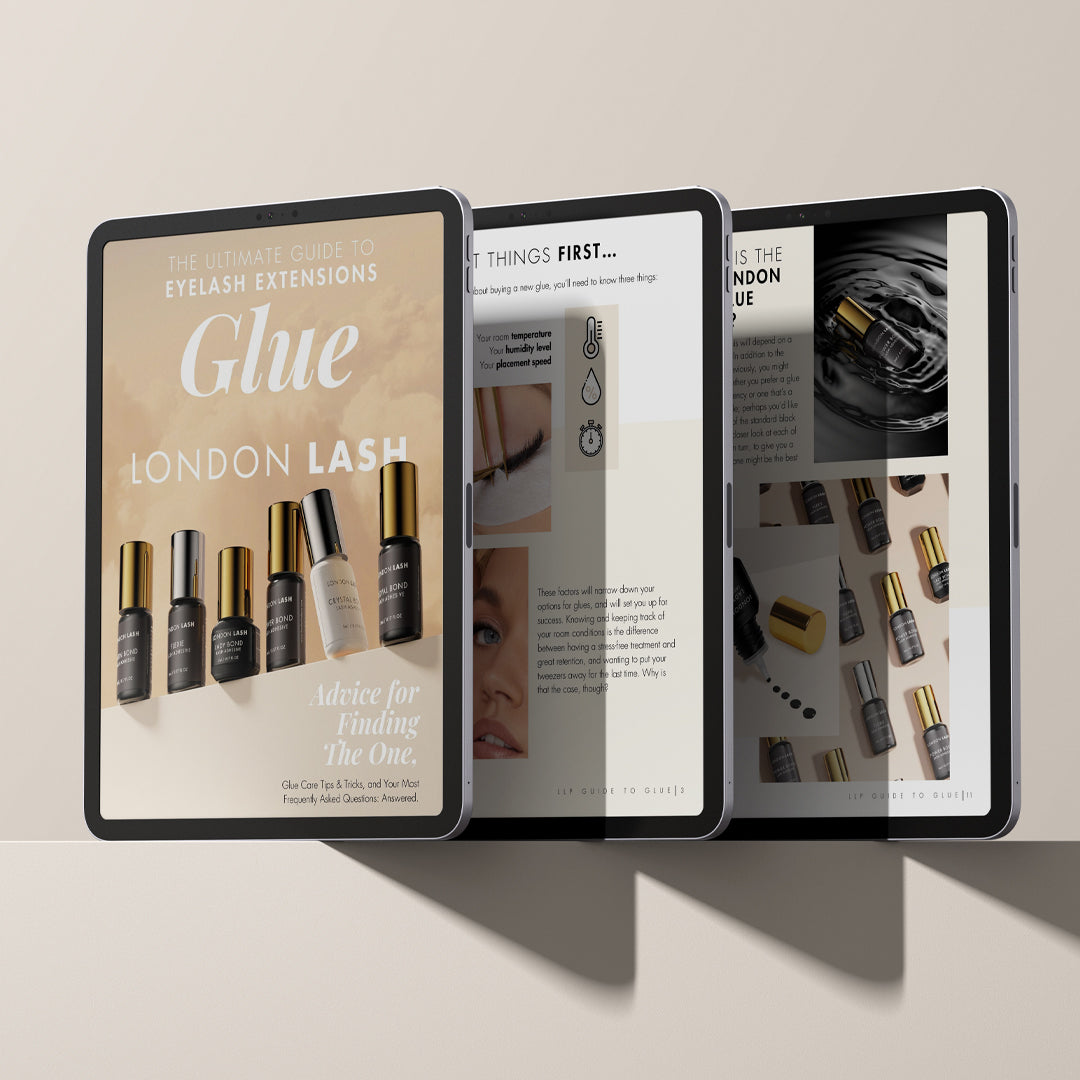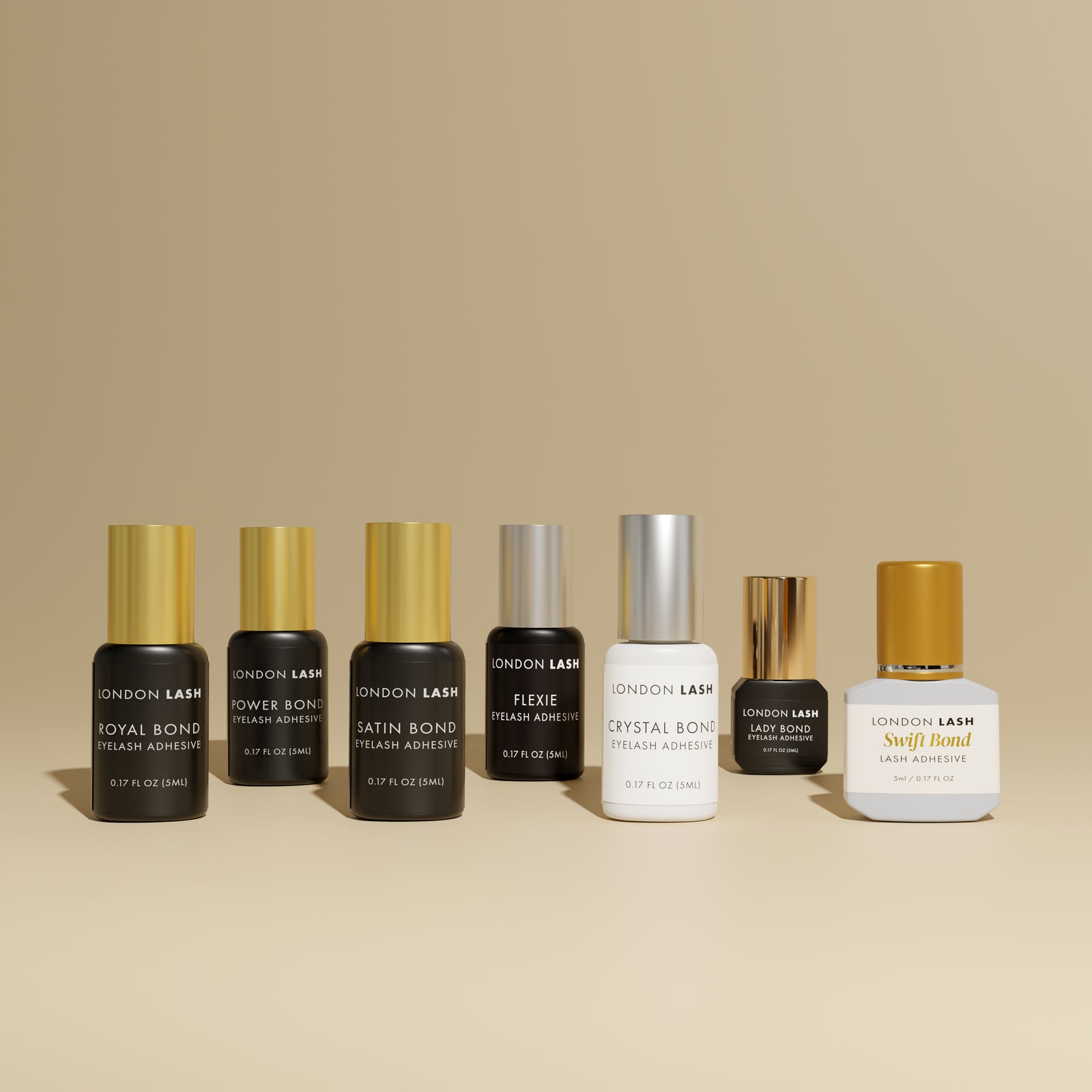New In
Glues & Liquids
Lashes
LASH LIFT
Dolla Nails Pro
Online Training
Save up to 57% off
What is the Best Lash Glue for Summer?
August 03, 2023 4 min read

Is There an Eyelash Glue That is Perfect for Summer?
Is the summer season affecting your lash work? If not, then you’re definitely one of the rare lucky ones! Many Lash Technicians know how annoying it can be to deal with the summer heat whilst trying to work their lashing magic - and don't even get us started on the troubles of trying to regulate the temperature and humidity levels in your salon! But what some of us forget is that these fluctuating conditions can seriously mess with our eyelash extension glue’s performance and in turn, our lash retention.
Even experienced Lash Technicians can find themselves struggling with eyelash glue in the summer, leading to poor lash retention and a potential hit to your business. So what's the solution? Is there a lash glue that could, potentially, solve all of your problems? Keep reading to find out!

How Does Heat & Humidity Affect Lash Glue?
If you’re an avid follower of our blog, or you have attended any eyelash extension course, you may already be aware of why and how humidity and temperature can drastically affect your lash glue’s performance - but let us refresh your memory. Changes in humidity levels and temperature can affect how fast your glue cures and the consistency of your glue; therefore leading to poor retention. During the summertime, higher humidity levels and temperatures can make your lash adhesive harder to mix, cause your glue to cure faster, and will affect the viscosity of the eyelash glue like it would any liquid.
High humidity levels can cause your lash extension glue to dry up to one second faster, so for instance, if you have been using Royal Bond or Power Bond that usually polymerizes within 0.5 - 1 seconds, but your room’s temperature is over 72°F, then your glue will begin to cure almost instantly. This is a major problem because you won’t have time to place the lash, and if it cures too quickly this can lead to shock polymerization. To help you avoid this problem, there are two solutions for this - “Do I need to change my lash glue?” and “I need to stabilize my room conditions.”

How to Alter Your Lash Room Conditions
If you have time before or in between your lash appointments, one of the best things to do is to check what conditions your current lash adhesive needs to work at its best and try and alter your lash studio’s conditions to match this.
The above chart demonstrates the optimal humidity and temperature range for each of our London Lash glues. If you have a Hygrometer, you can easily check your room’s conditions, which will help you to know if your room’s environment is working with or against your lash adhesive. Keep in mind that if you have air conditioning in your lash room, like many of us do in the US, this will lower both your temperature and your humidity levels. However, while your temperature may drop to your desired Fahrenheit, your humidity may be negatively impacted. You must remember that your lash glue will still need a good level of moisture in the air to cure, if not, your glue will dry too slowly.
Top Tip: If you notice that your lash glue has changed in consistency, or it is looking gray this could be because the ingredients in your lash adhesive haven’t been thoroughly mixed and distributed in the bottle. During bouts of heat, your lash glue will become even harder to mix - this is where a Lash Glue Shaker will come in handy!
Which Eyelash Glue is the Best for Summer?
There is no shame or harm in switching to a slower-drying glue, and don’t let anyone tell you any different! If you are a professional Lash Technician, with years of experience, it is honorable to use your initiative and choose to use a slower-drying glue rather than the faster-drying one you usually use. In normal circumstances, switching to a slow-drying glue could be problematic if you tend to lash at a fast pace; however, in summer when your glue is curing quicker it will play to your advantage.

By using a slower-drying lash glue, you are utilizing your lash knowledge, so if you’re in the middle of a lash set and notice that your glue is instantly curing, quickly switching to a slower-drying lash adhesive can solve this issue immediately. For example, if we compare our Lady Bond lash glue which has a drying time of 1-2 seconds, and our Satin Bond which has a drying time of 2 seconds, both of which work best in temperatures of 61.4°F - 71.6°F with a humidity of 50-65% - if the humidity and temperature rises higher than this in your workspace, the drying time of both lash glues will be significantly faster. So if you’ve been using an advanced, fast-drying glue like Royal Bond or Power Bond, try switching to a slower-drying glue such as Satin Bond or Lady Bond instead.
Top Tip: It’s important to note that you should regularly change your glue dot, depending on how warm or cool your room temperature is. Usually, we recommend changing your glue dot every 15-20 minutes, but if it is warmer than usual, you may want to do this even more frequently as the glue dot will cure faster and begin to thicken.
There you have it! If your room conditions are wreaking havoc on your eyelash glue and retention, you can now be confident that you can easily solve this problem!
Check out these featured products
Subscribe
Sign up to get the latest on sales, new releases and more …
